| Skye was a young German Shepherd that was brought to me due to her fear of everything and everyone. As it turns out this was caused by her previous owner who was impatient and violent. Skye would run away and pee all over if someone moved the wrong way or if she heard a loud noise. She would not play with toys, she froze and hid behind me on walks when someone was too close, and for a while I could not teach her any obedience. I knew Skye was going to be a challenge and it would take time to make progress, but I was determined to help her have a better life. I knew the first step in our journey was going to be to gain Skye’s trust, then we could work on building her confidence, and finally basic obedience. I would spend most of my day loving her, giving her treats, letting her explore outside my home, and letting her get comfortable with me and her surroundings. She took to me and my home pretty quickly, so I was able to work on her confidence almost immediately. In the beginning, Skye would receive a lot of praise and treats to help encourage her. I would use food to make toys more exciting and to grab her attention. I would leave toys with food inside of them in her crate during the night or when I wasn’t going to be home. Sometimes I would use confidence building puzzles, but she didn’t have much interest in them. We would play a small game of fetch inside the house with her favorite toys. |
It took a few days and a lot of encouragement, but eventually she would chase after the toys and would show excitement instead of hiding behind me. This was very exciting and a huge accomplishment. After she did well for a little while, we were able to move from my living room to the park down the road from my house. Skye did excellent right away. She played fetch with her toys at a longer distance and very rarely stopped to acknowledge the people and other dogs walking by.
At this time, I knew she was ready to start obedience training. We started very slow and introduced a new trick every week. At first, she would not focus and would usually walk in circles around me or just completely ignore me. By using treats and the luring method I was able to get her focus and start learning new tricks. Skye loves praise, so every time she would perform a trick I would praise her like it was her first time doing it. She loved this and it made her more excited to learn new commands and tricks. We did this over and over again, but made sure to not overwhelm her.
She was taught how to sit, stay, lay down, and come while she was with me. Today, Skye is living a very happy, spoiled life with my sister. She loves going for walks, swimming, and playing with her big brother, Ryder. Skye does well on and off leash and gets to go on many adventures and meet many new people and dogs.
At this time, I knew she was ready to start obedience training. We started very slow and introduced a new trick every week. At first, she would not focus and would usually walk in circles around me or just completely ignore me. By using treats and the luring method I was able to get her focus and start learning new tricks. Skye loves praise, so every time she would perform a trick I would praise her like it was her first time doing it. She loved this and it made her more excited to learn new commands and tricks. We did this over and over again, but made sure to not overwhelm her.
She was taught how to sit, stay, lay down, and come while she was with me. Today, Skye is living a very happy, spoiled life with my sister. She loves going for walks, swimming, and playing with her big brother, Ryder. Skye does well on and off leash and gets to go on many adventures and meet many new people and dogs.
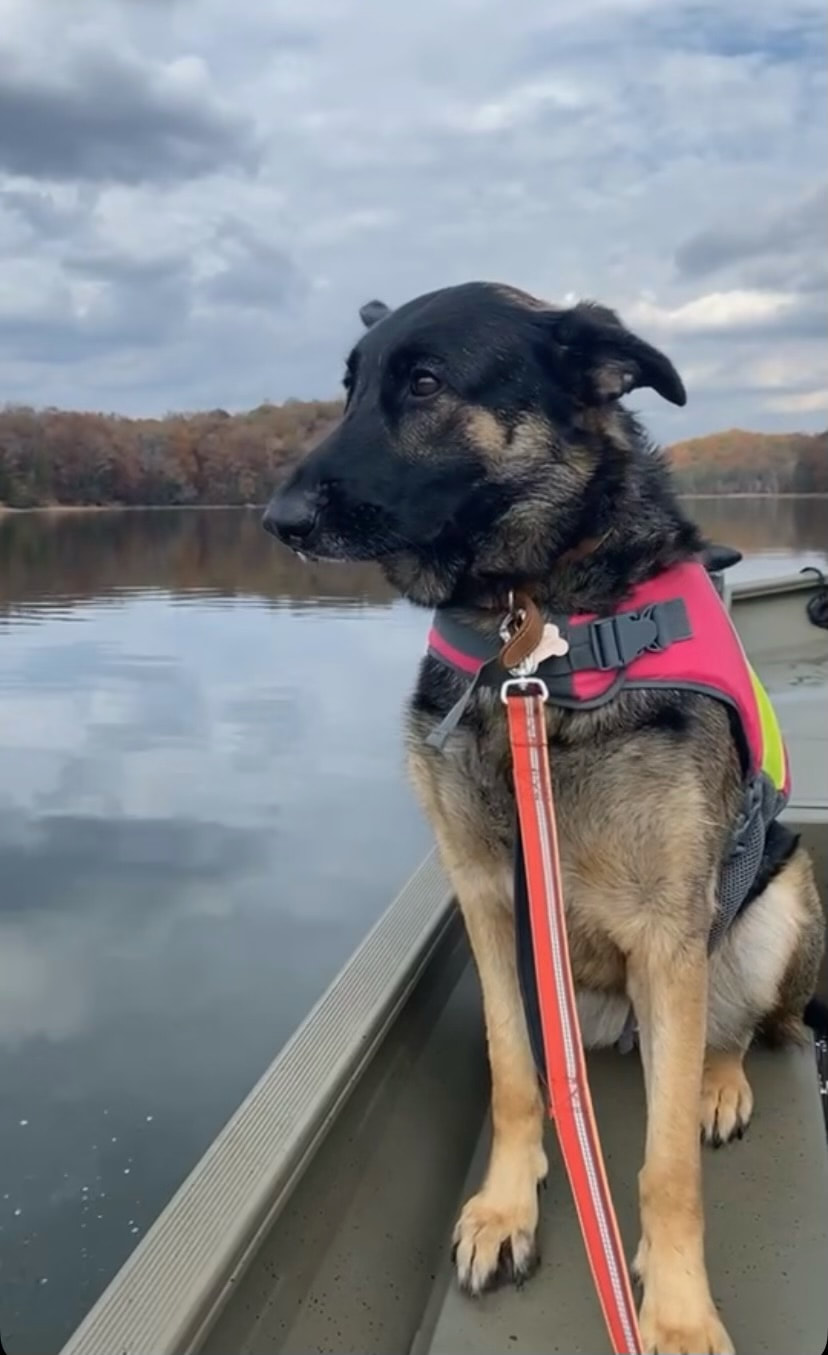
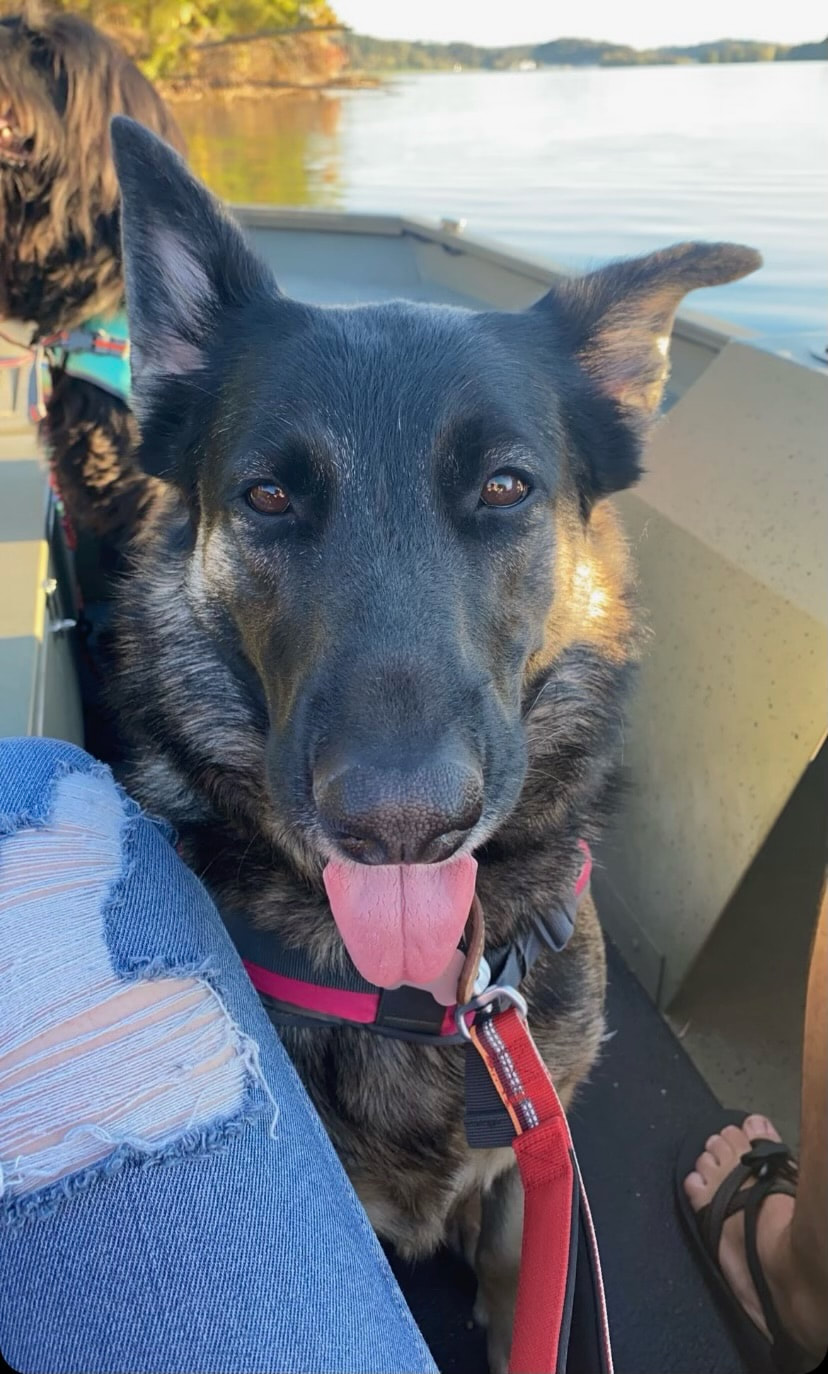
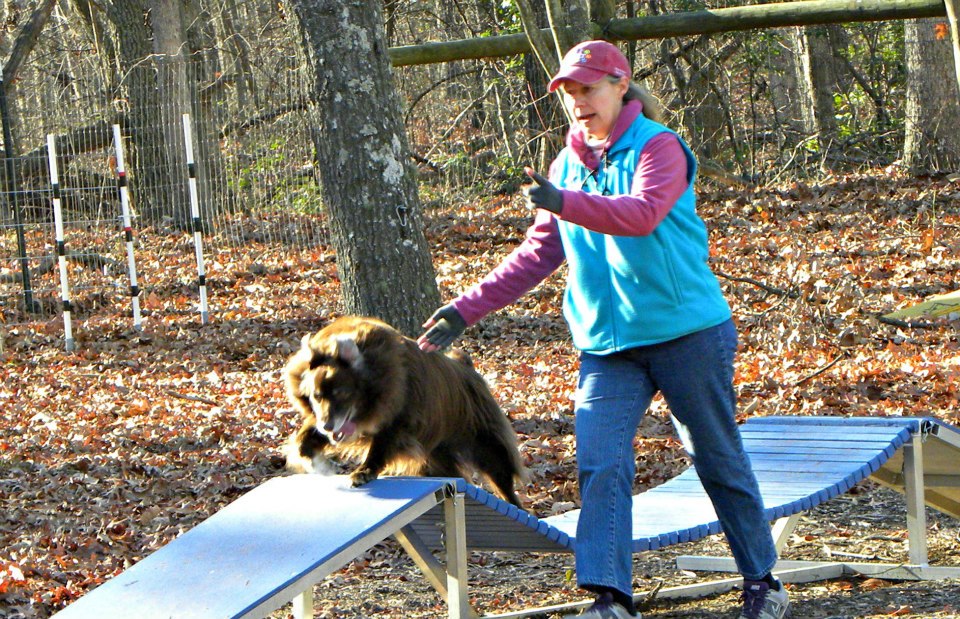
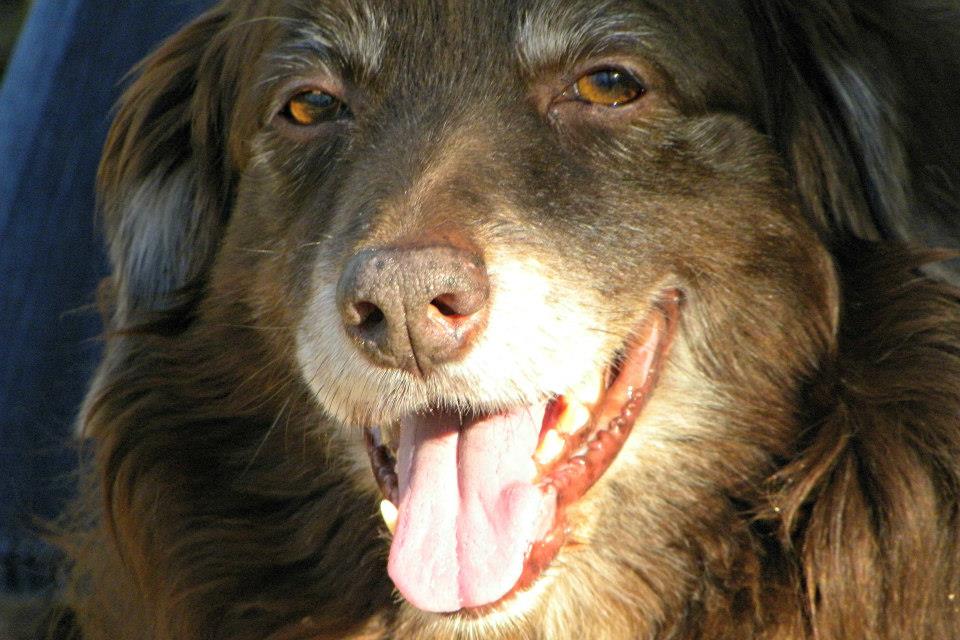
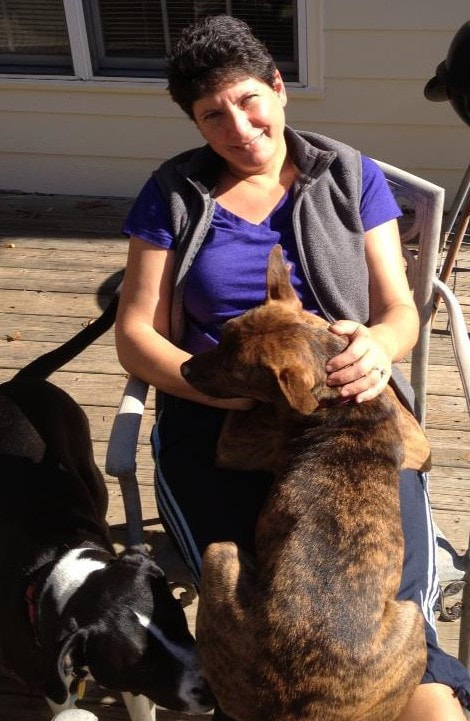
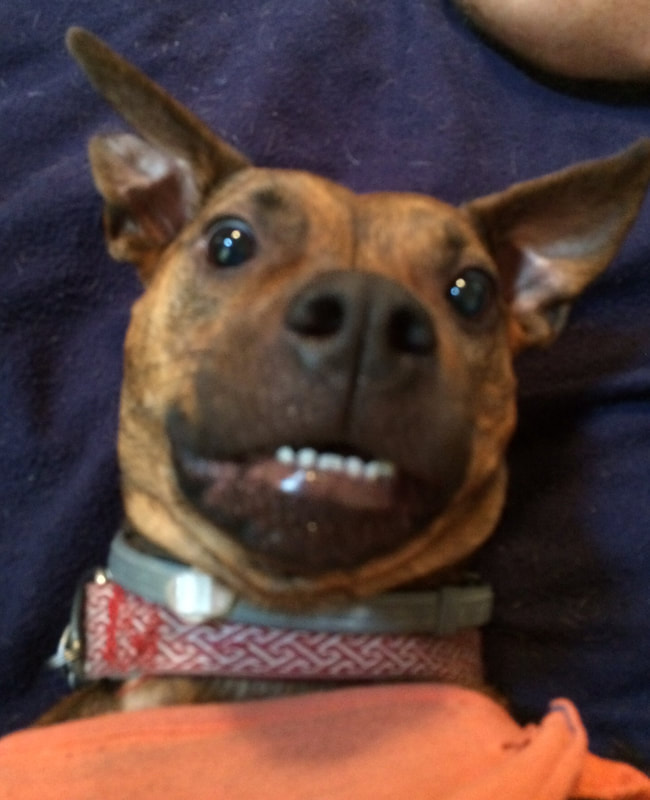
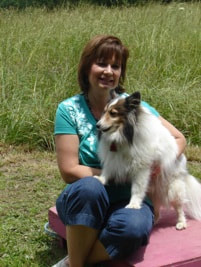
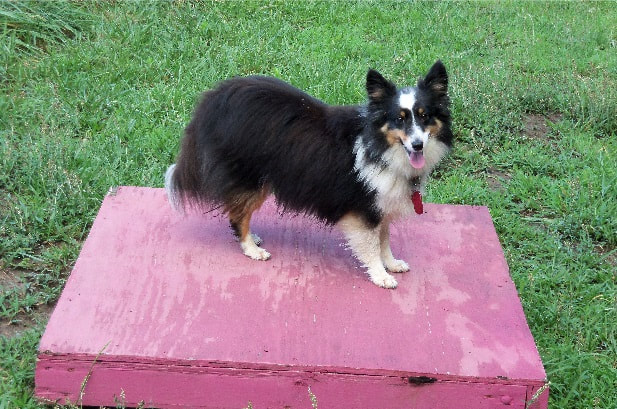
 RSS Feed
RSS Feed